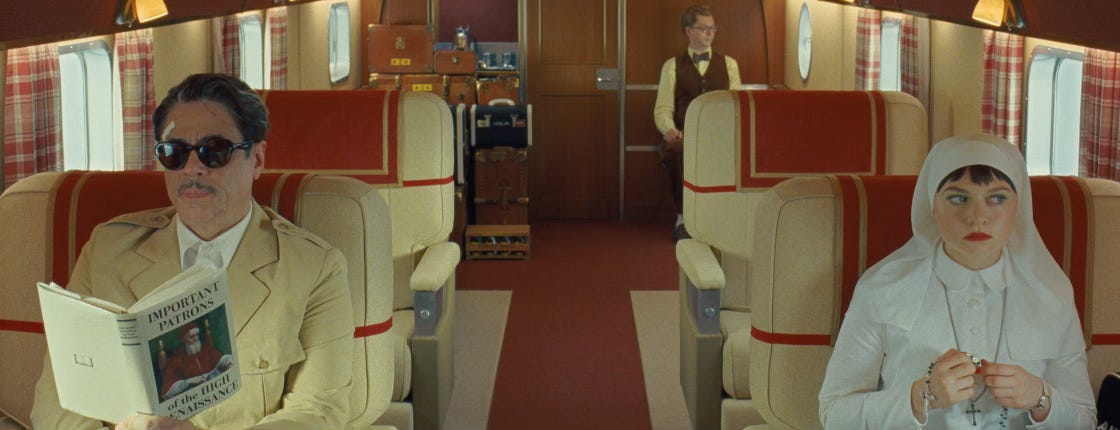The Phoenician Scheme
2025
Over and over, people claim that all Wes Anderson films are the same. This is true only in the way that all still life paintings are the same. It’s a massive pivot from his previous film, Asteroid City, to his new movie, The Phoenician Scheme. The new film will almost immediately be talked about as “minor Anderson,” and that’s fine. It just means that, …




